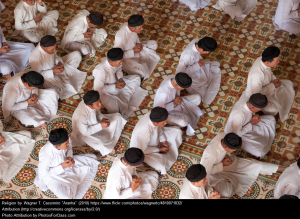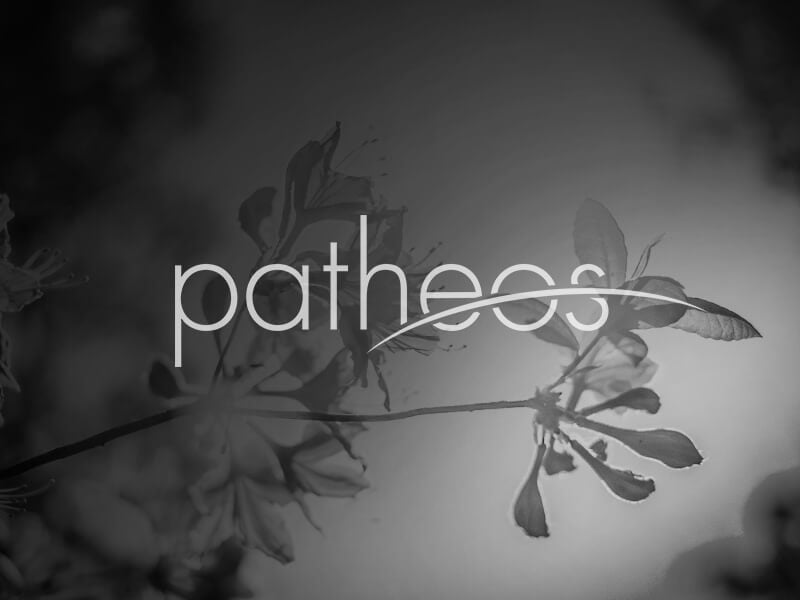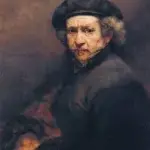Should we teach world religions as distinct entities, each with its own traditions and scriptures?
That’s how I’ve taught my World Religions elective course for the last five years. I begin with a short unit on indigenous religions, then move on to the eastern religions, first Hinduism, then Buddhism. In the spring, we tackle each of the Abrahamic religions.
A host of new scholars are challenging this traditional method. They argue that we should change this paradigm where each religion is treated as a discrete unit. Some argue that the traditional method pushes indigenous religions off the curriculum because they have have no written text.
But other scholars, like Professor Suzanne Owen, at the University of Chester in England, argue that the world religions paradigm categorizes religions by belief and often does not account for differences in practice. She points out that popular religiosity does not fit into neat discrete boundaries. In India’s Punjab, for example, over a million Sikhs identify themselves as Hindus, and in Gujarat, 200,000 Indians identify themselves as “Mohammedan Hindus.”
For these reasons, Professor Owen argues that we should change how we teach religion in schools. In an essay called The World Religions Paradigm; Time for a Change, she argues that world religions must be multidisciplinary and blend both historical and textual approaches.
In secondary school, Owen proposes separating moral philosophy and religious studies and discarding the idea of world religions “altogether as a central guiding paradigm.”
Professor Owen presents an interesting argument. While I do not believe that I could dispense with the traditional model, I do think that I could address some of her concerns, especially those regarding differences in religious practice. For example, Harvard’s Religious Literacy Project identified three assumptions about religion that help us to think about the differences in practice. My students could test these assumptions throughout the year.
- religions are internally diverse
- religions evolve and change over time
- religious influences are embedded in culture
To test Islam’s internal diversity, students might examine Islam in Turkey and Indonesia and outline the differences. Or, students might examine Christianity in the Protestant north and compare it to Christianity in the global south.
In addition, students could test how religions evolve and change over time by looking at how different religions changed their view of slavery. At one time, some justified it but over time began to vilify it. Or, as Harvard’s Religious Literacy Project suggests, students might examine how ancient China’s mandate of heaven evolved and changed over time.
Students can test how much religious influence is embedded in culture explicitly by looking at the number of churches, synagogues, mosques, or temples in a given country. Calendars also offer a good example of the degree to which religion is embedded in culture.
Professor Owen and other scholars make a compelling case for us to think about changing how we teach world religions. Harvard’s methodological assumptions about religion offers us one way to examine the diversity of religious practices.













